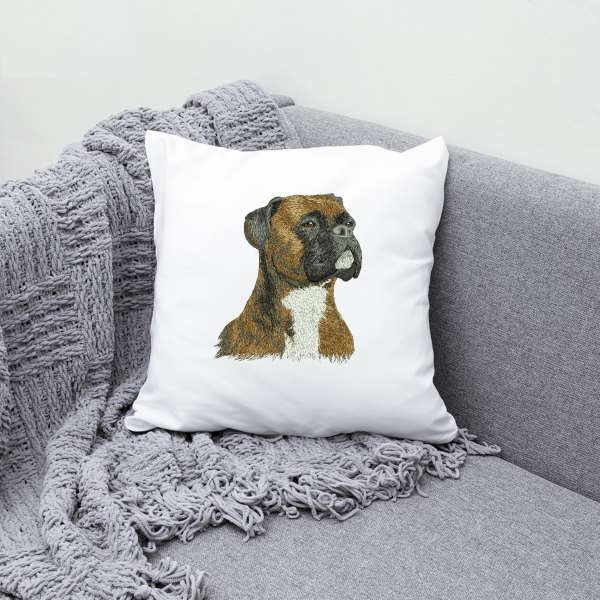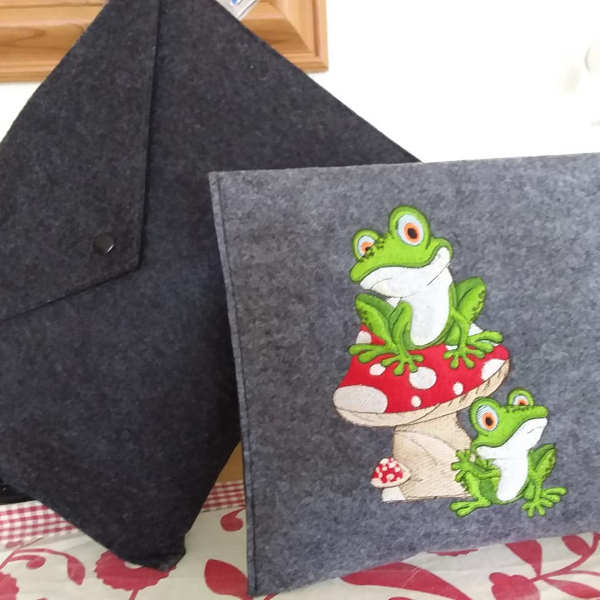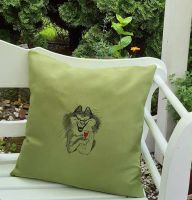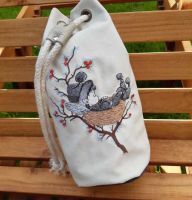Tips for Embroidering with Cotton Thread: How to Make the Most of Your Stitches
Embroidery is a classic craft that has been around for centuries. The art of creating intricate designs with needle and thread has evolved over time, but the use of cotton thread remains a popular choice among embroiderers. In this article, we will discuss some tips for using cotton thread in your embroidery projects and how to make the most of your stitches.
Choosing the Right Needle for Cotton Thread
When using cotton thread, it is important to choose the right needle to avoid thread breaks. The first step is to select a standard embroidery needle in a size and type (ball point or sharp) that is relevant to the fabric you are stitching on. Cotton thread is not as strong as polyester, which is the more popular choice for embroidery. By using a proper needle, you can prevent your thread from breaking during stitching.

Adjusting the Machine Speed
If you experience thread breaks despite using a proper needle, the next step is to adjust the machine speed. Simply reducing the machine speed slightly can reduce thread breaks, allowing you to stitch more consistently and efficiently.
Reducing Upper Tension
If thread breaks persist, reducing the upper tension slightly can also help. This is a simple adjustment that can be made on most embroidery machines, and can make a big difference in the quality of your stitches.
Pre-washing Your Fabric
It is important to pre-wash your fabric before embroidering with cotton thread. Unlike polyester thread, cotton thread will pick up any dye released from your fabric during laundering. This can result in your white stitches turning pink or other unwanted colors. Pre-washing your fabric will prevent this from happening and ensure that your embroidery stays true to its original colors.
Using the Right Thread for Your Project
While the Whitework Holiday #12428 collection is designed to be stitched using 30-weight cotton embroidery thread, there is no reason you can't use your standard embroidery thread. However, if you want to achieve a raised, dimensional feel and an heirloom look, using the thicker 30-weight cotton thread with a matte finish is the way to go.

Creating Perfect Pillow Corners
When using cotton thread for a project like the Whitework Holiday #12428 throw pillow, it's important to take note of two very important aspects of the instructions. First, the instructions use a "cheater's way" of adding a square embroidered border, which eliminates the hassle of lining up corners. Second, the instructions explain how to create perfect pillow corners that will eliminate any unsightly pointed corners that can ruin the look of your finished product.
Conclusion
Embroidering with cotton thread can be a rewarding and enjoyable experience. By following these tips, you can make the most of your stitches and avoid common problems like thread breaks and color bleeding. Whether you choose to use 30-weight cotton thread or your standard embroidery thread, there are no rules in embroidery. Have fun with it and try new things to create unique and beautiful designs that will stand the test of time.
Comments
Last photos
All photos in Gallery





